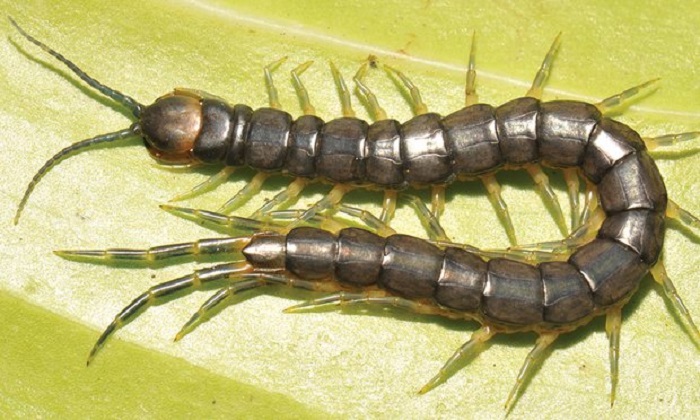“Wherever I go in the world, I always turn over rocks beside streams, and that’s where I found this centipede, which was quite a surprise,” Beccaloni told National Geographic.
“It was pretty horrific-looking: very big with long legs and a horrible dark, greenish-black colour,” he added.
Dead dugong raises concerns over fishing practices in Great Barrier Reef
Read more
Centipedes normally stay away from water but when Beccaloni lifted the rock, it ran into the stream and hid.
He managed to capture the specimen and put it in a large container of water where it swam like an eel.
Beccaloni brought his centipede back to the Natural History Museum in London, where he works as a curator of orthopteroids, an order of insects which include crickets and praying mantises.
Only four specimens have been found of this type of centipede, the first collected in Vietnam in 1928, which for decades was held in the Natural History Museum, misidentified as a more common species. None have ever been observed swimming before.
“I would bet this species goes into the water at night to hunt aquatic or amphibious invertebrates,” Beccaloni said.
Centipedes eat other invertebrates but also snakes and mice. Their small fangs can pierce human skin for a non-lethal but agonising bite.
“People tend to study streams in the tropics during the day, but there is probably a whole other range of interesting amphibious things that come out at night,” said Beccaloni.
“It would be good to study these streams and their fauna then to see what is actually going on under the cover of darkness.”
More about:















































